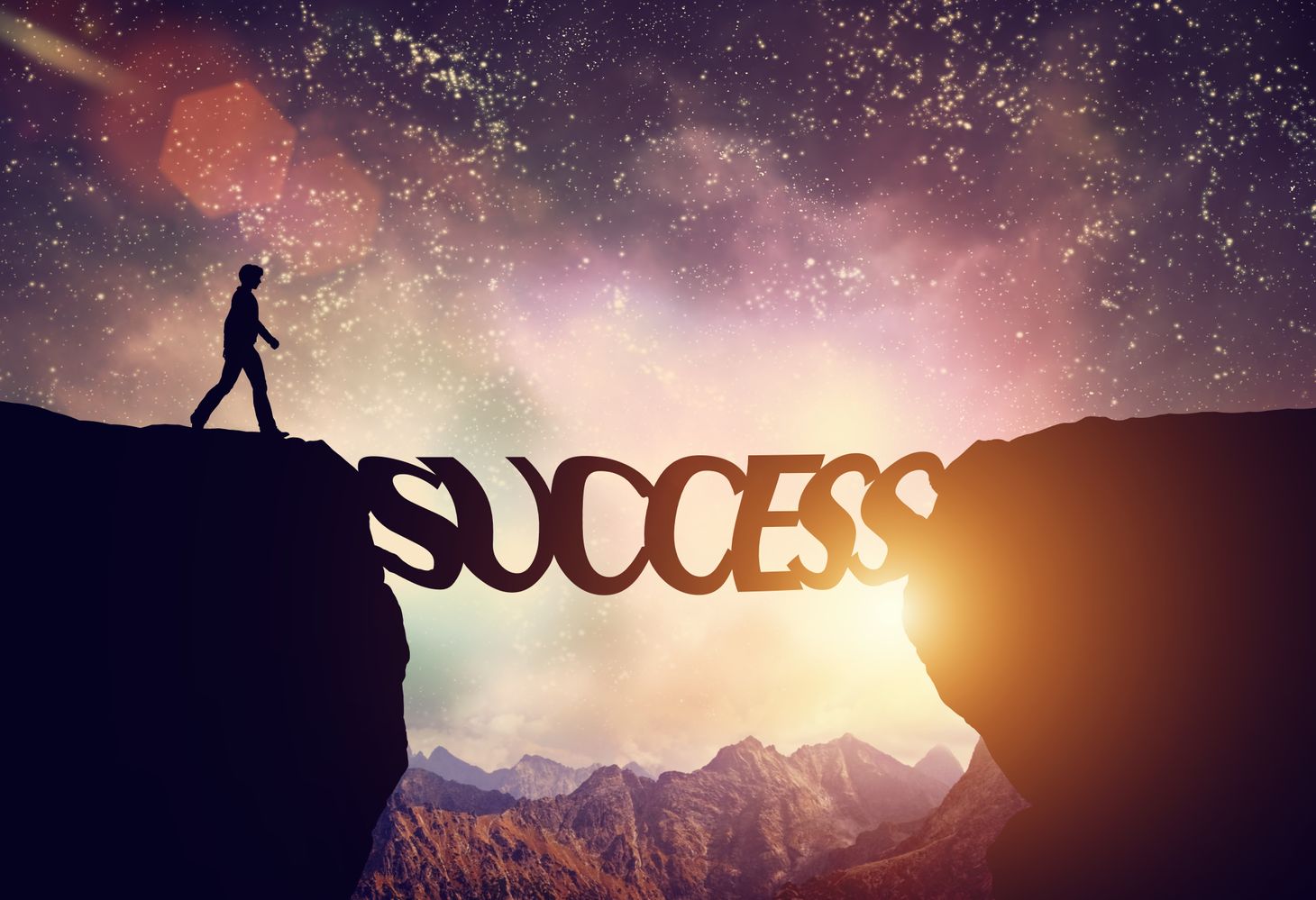Using Resources to Power Innovation: Success Stories
If you truly want to encourage innovation in your organization, you have to dedicate the resources to achieve it. No true innovation can occur in virtual space alone. In order to provide workers with the best tools for innovation, you must commit time, money, people, materials, and equipment to the

If you truly want to encourage innovation in your organization, you have to dedicate the resources to achieve it. No true innovation can occur in virtual space alone. In order to provide workers with the best tools for innovation, you must commit time, money, people, materials, and equipment to the endeavor.
Without those resources, creative ideas are nothing more than ideas. Little will come of the ideas your employees have if they can't actually put them into practice. When you allocate internal resources, however, you demonstrate a company-wide commitment to innovation with support from the top down. Even better, you provide your workers with the means to make their innovative ideas a reality.
Many companies have been successful in implementing the law of resources to foster real innovation, and they’ve used those successes to launch their companies to the tops of their industries. The good news? You can learn from them to create your own success story.
Apple
When it comes to innovation, Apple leads the pack. The company's pledge to innovation has allowed them to create leading-edge products that customers can’t wait to get their hands on. That innovation, however, hasn't come overnight.
Apple has always committed their resources to new ideas and advances. Spending those resources without direction, however, left them struggling to keep the company going throughout the 1990s. Moving forward, Apple added several key principles that allowed them to better control their resources and push their creative process forward. These included:
- A focus on specific areas of innovation that were critical to the company, with resources just for those key areas
- Narrowing the field to specific products
- Expanding their offerings within specific product areas
- Discovering what the company is already doing well and then, doing more of it
Apple shifted its resources to focus on the things that their customers wanted and were already expecting from them. As a result, the overall quality of their products continued to improve. They might not have created as wide a variety of products, but they generated the products their customers were demanding and, most often, exceeded their expectations.
Salesforce
Salesforce has always encouraged innovation—both from within and from without. As part of that innovation process, the company has committed its resources to building a platform that is designed to promote innovation. The platform doesn't just provide the opportunity for Salesforce employees to work within it, but also for third-party users and developers to contribute to the innovation cycle. And therein lies its success.
Salesforce knows they don't have the corner of the market on new apps and other innovations, and the app allows people from the outside to bring their ideas and their time to bear. This provides additional resources, including new minds and fresh perspectives, that the Salesforce team can draw from. Some of the most critical tools for innovation at Salesforce include:
- An ideation platform specifically designed to track ideas and innovations both internally and externally
- A top-down support system that throws all necessary resources behind the most promising innovations
- Teams of employees dedicated solely to the task on innovation
Salesforce also dedicates time, money, and energy to providing thorough training for all of its employees. With that training, they're able to ensure that every employee has the proper tools to contribute to the innovation cycle. No one is left out, and every employee has the chance to contribute.
Under Armour
Under Armour is a popular athletic brand that provides workout gear for athletes who are hoping to improve their performance. The company is committed to constantly redesigning their product to produce higher-quality clothing that will offer greater benefits to athletes. It dedicates its resources to researching what athletes want, figuring out how to provide that with their athletic wear, and producing the products that do it better than anything else on the market.
According to Under Armour, they haven't yet created the product/s that will define their brand. Why? Because they're constantly trying to make something new and better. This attitude of constant innovation requires resources for the task. They need:
- People to undertake the research
- Equipment and materials to develop new products
- Time spent on innovation and creativity, not marketing and other regular tasks
With these tools, Under Armour is able to continue producing high-quality products that are worth their high price tag.
The Lessons You Can Learn
These companies all have one thing in common: their internal resources are aligned toward developing innovative, high-quality products. They want to create something that no one else in the industry has created, but it's not just about staying at the cutting edge. It's about providing a higher-value product to the customers who love the brand.
To reach this result, these brands have put several principles into place.
- Resources are given to research and learning what customers most want out of their product. The companies know what they want, what they will buy, and how they will be using the product.
- Resources are shifted to testing new products before they hit the market. This ensures that the company will know whether or not they are effective.
- Employees are given the training they need to understand the product, the equipment, and the needs of the consumer. This allows them to create better innovations that work better for the company.
- Resources are directed clearly, in a way that everyone understands. This doesn't stifle innovation. Rather, it confines it to a narrow direction that will contribute the most to the whole company.
- Employees clearly understand the goals of the company and their role in reaching them, including how they are allowed to use available resources.
Developing a solid atmosphere of innovation for your company won't happen without the resources to back it up.
Your employees can't produce in a vacuum. Instead, they need to know that they have materials, time, and equipment at their disposal. An atmosphere of innovation doesn't happen overnight, but as you build it, the rewards will help position your company as a driving force in your industry.
Want to learn more about creating an atmosphere of innovation within your company? Contact us today to learn more about how to help your company create the next great innovation in your field.
Phil McKinney Newsletter
Join the newsletter to receive the latest updates in your inbox.




